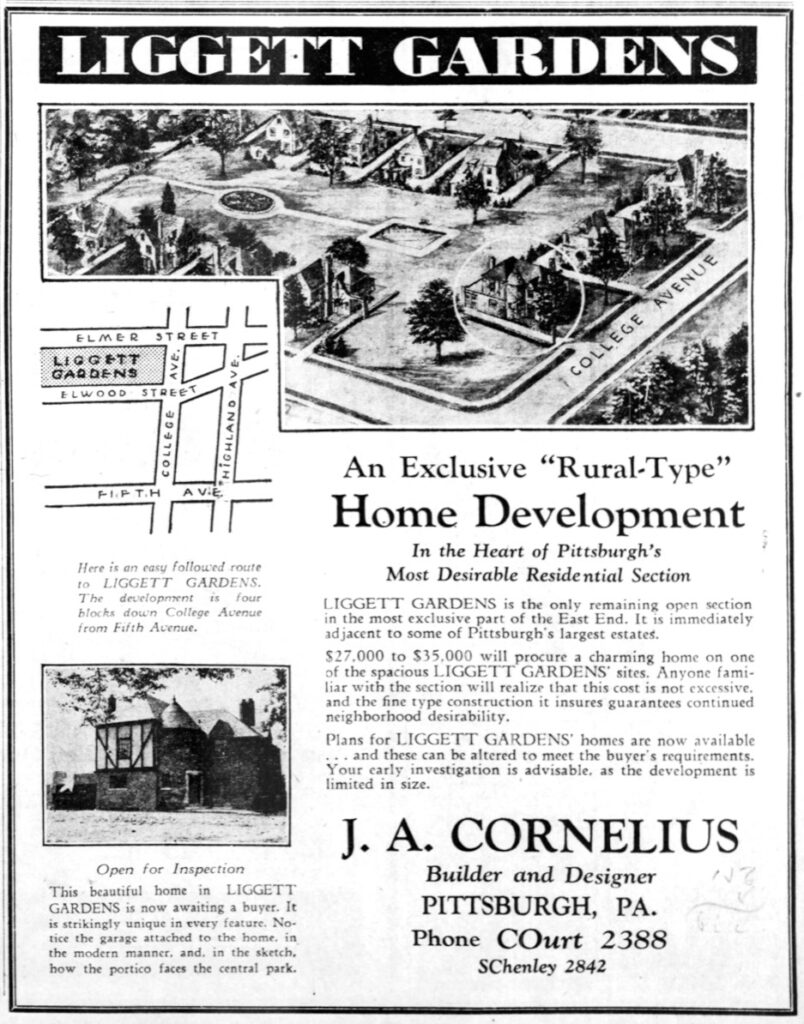
The Church of the Ascension, an obviously prosperous Anglican congregation in Shadyside, has just finished a new narthex and several other improvements. The architects were Rothschild Doyno Collaborative.

No lights are hid under bushels here.

The new entrance was meant to be “welcoming and transparent.” It does not attempt to imitate the style of William Halsey Wood’s original design for the church, but it does use similar stone, so that it seems to belong to the church.


The cornerstone is the only direct imitation: it is patterned after the original cornerstone of the church.

































